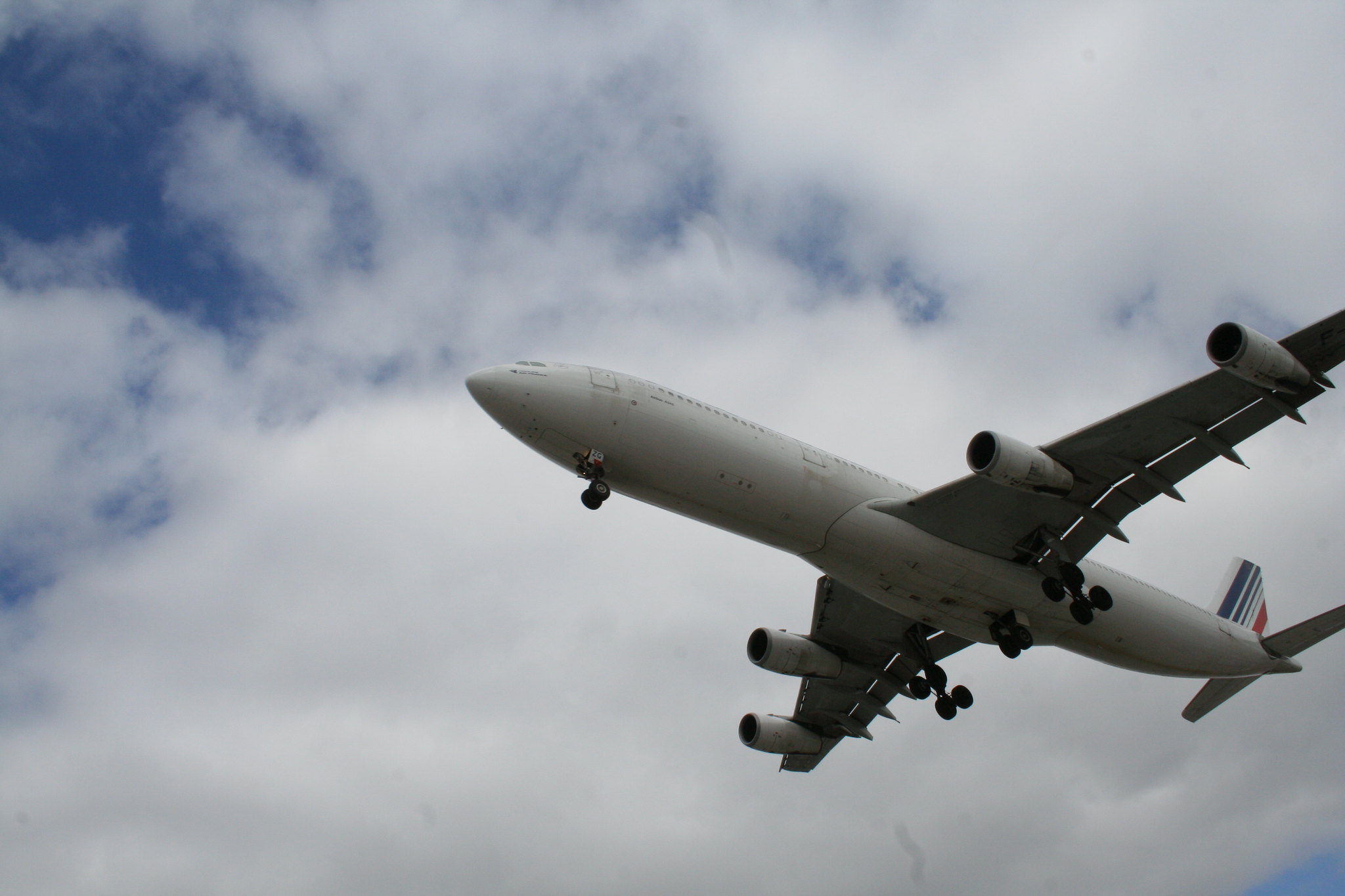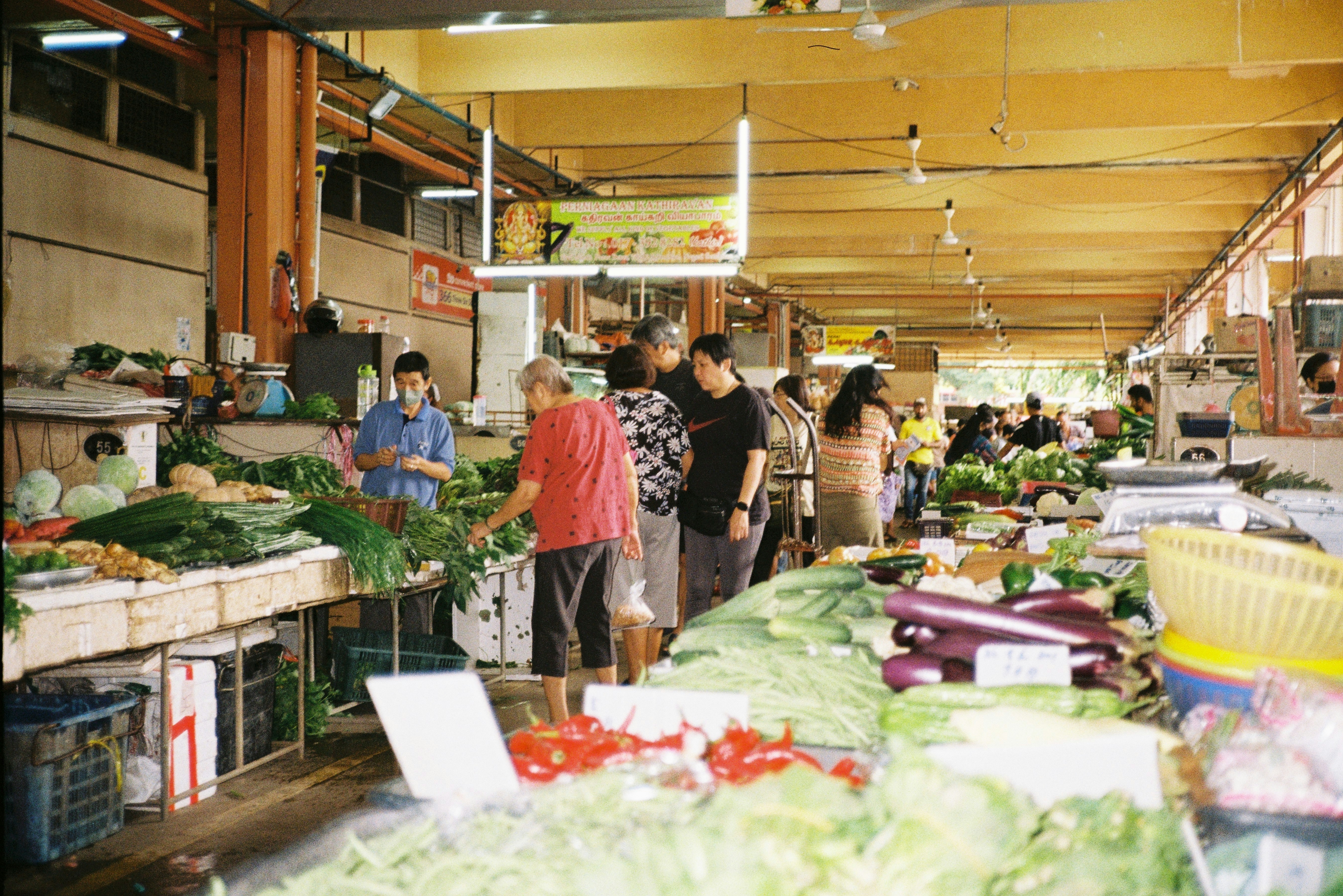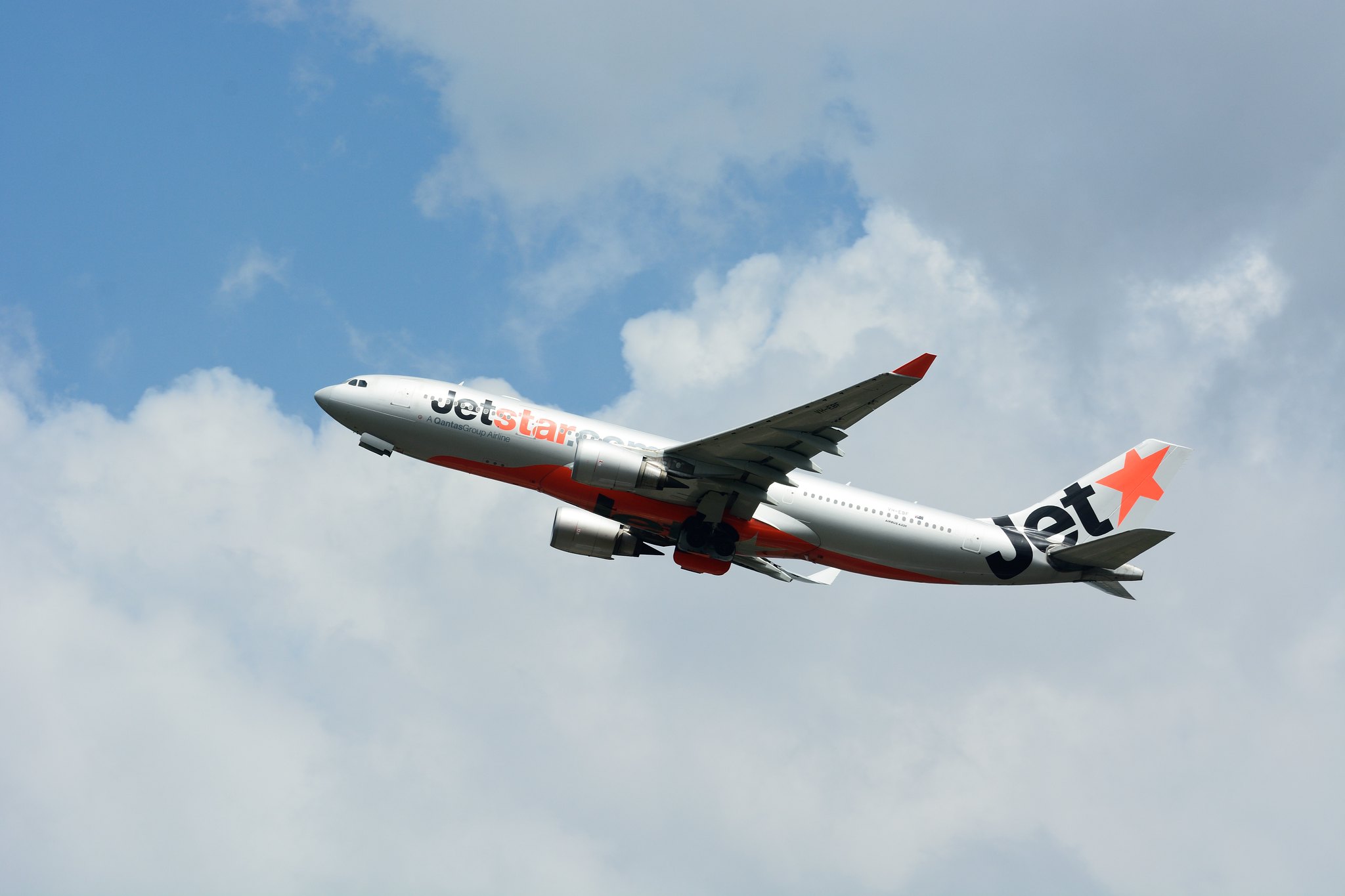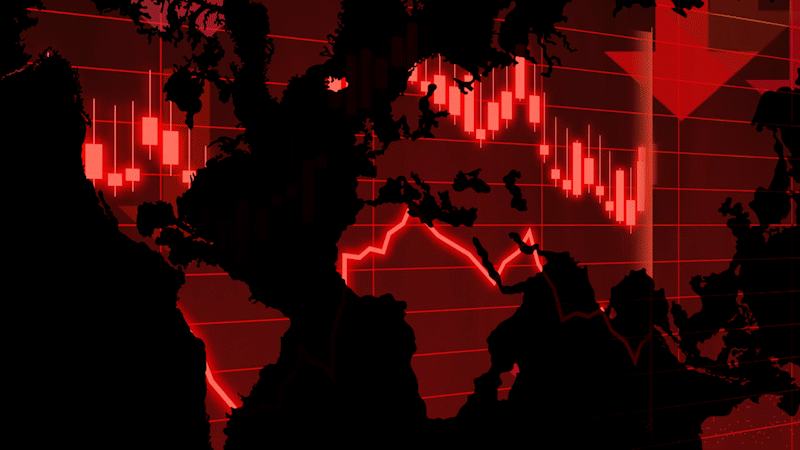As inflation hits developed economies across the world, what is the experience in emerging economies such as Indonesia?
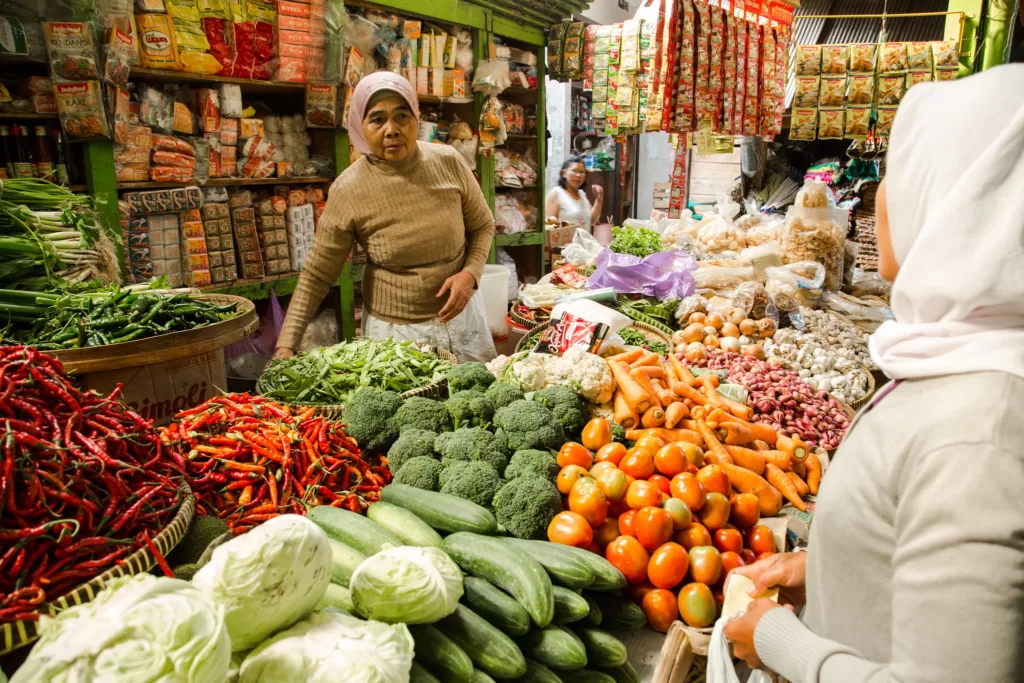 Cost of living is getting higher but not necessarily because of inflation. : “CBF project Yogyakarta” by Aris Sanjaya/CIFOR is available at https://bit.ly/40FEfIH CC BY 2.0
Cost of living is getting higher but not necessarily because of inflation. : “CBF project Yogyakarta” by Aris Sanjaya/CIFOR is available at https://bit.ly/40FEfIH CC BY 2.0
As inflation hits developed economies across the world, what is the experience in emerging economies such as Indonesia?
Inflation and the cost of living appear to be closely related but they are not the same thing. By definition, inflation is the phenomenon of rising prices in general. The cost of living indicates how much a person needs to spend at any given time to maintain their lifestyle.
When inflation rises, so do the prices of goods and services, reducing people’s purchasing power. “Inflation acts neither as Robin Hood nor as Robber Baron: neither the poor nor the rich are affected in a uniform way,” economics professor David Piachaud stated in 1978.
It’s common to perceive inflation as “robbing” consumers of their ability to purchase certain goods and services. Maintaining price stability is important in order to maintain people’s wellbeing. Unfortunately high inflation is affecting economies everywhere.
Globally, inflation hit 8.8 percent year on year in 2022. Advanced economies such as the US, UK and Japan experienced price rises not seen since the 1980s.
The spike can be blamed on the imbalance between the demand and supply sides. COVID-19 and the Ukraine war have badly affected supply. During the pandemic most production and distribution activities were disrupted resulting in global supply chain problems. The pandemic also caused labour shortage problems such as that experienced in the US and Australia where people now prefer to work remotely or in a hybrid model rather than in an office. The war in Ukraine severely disrupted the global food and energy supply, resulting in price increases.
On the demand side, developed nations embarked on excessive fiscal stimulus policies during the pandemic which helped trigger inflation. The result was higher public consumption without corresponding increases in production. As a result, excess demand put pressure on the market for goods and services, contributing to price increases. Research on FEDS Notes shows that countries with large fiscal stimulus or high exposure to foreign stimulus through international trade experience extreme spikes in inflation.
How this affects emerging economies
High inflation need not always cause a cost-of-living crisis if sustained wage increases are enough to exceed the inflation rate. The impact of inflation on cost of living tends to be smaller in countries with high consumer confidence, such as in emerging markets, according to one study.
In Indonesia, the consumer confidence index has soared in the last two years, from about 80 percent in 2020 to about 120 percent by the end of 2022. This indicates that consumers in Indonesia are optimistic and Indonesia is less likely to have a cost of living crisis although high global uncertainty continues to be a threat.
There are several possible explanations for why Indonesia has a different experience of cost of living pressures.
Emerging market countries are more used to dealing with inflation than advanced countries. The US, UK, and Japan have not experienced price shocks for more than ten years.
Inflation is a daily occurrence in emerging economies and price increases can happen more often. For instance, as indicated in one study, the volatility and persistence of inflation in Indonesia is found to have a negative correlation, thus the more the prices fluctuate, the slower the inflation rate returns to its equilibrium level following the shock. Changes in producer behaviour to adapt to inflation may be smaller or tend not to change.
Menu Cost theory explains why companies are so reluctant to change their prices. According to one study, Menu Cost can account for price stickiness of about 30 days, which is significantly less than the 7 to 24 month stickiness shown in services and retailing. In other words, firms did not alter their prices around inflation which may explain why high inflation may not automatically transfer into cost of living.
Inflation in Indonesia is calculated from seven subgroups based on the Classification of Individual Consumption by Purpose and is further split into core inflation and non-core inflation. Core inflation is the persistent component of inflation movements that is affected by economic fundamental factors by excluding government-set prices and more volatile product prices.
Non-core inflation is made up of two components. The first is volatile foods inflation, which is primarily influenced by foodstuffs’ shocks such as natural disruptions, harvest time and food price developments both domestically and internationally. The second is administered price inflation, which is primarily influenced by government price policy shocks such as subsidised fuel prices, electricity rates and transport fares.
While it was generally higher than in 2021, Indonesia’s inflation rate in the first semester of 2022 was about 3.04 percent (year on year) and still within the government’s range. However, it jumped to 5.37 percent in the next semester then 5.95 percent in September 2022. External factors played a part, with increased global uncertainty caused by inflation pressures in advanced economies and other factors such as Indonesia’s fuel subsidies.
The administered price group was the component that contributed the most to an increase in inflation throughout 2022. It was followed by the volatile foods group, the second largest contributor. According to the Central Statistics Agency (BPS), inflation for the administered price group reached 13.34 percent (year on year) in 2022.
The increase in fuel prices due to rising crude oil prices was one of the biggest and most unpredictable factors. But even if fuel prices remain stable, inflation in Indonesia will continue to rise, largely driven by soaring food prices.
As of February 2023, volatile food inflation increased to 7.62 percent (year on year) from 5.28 percent in January 2023. Seasonal weather patterns and public demand, particularly around holidays, have a significant impact on food prices. Inefficient markets such as the length of the supply chain and imperfect market structure also contributed to the increases.
High pressure of the supply side, namely cost-push inflation, has more potential to influence the cost of living. This type of inflation happens when firms change their prices due to the increased cost of production and that is passed on to consumers. An increase in the price of goods and services will affect consumers’ daily expenditure, and eventually affect the cost of living.
It’s undeniable that one of the largest economic issues facing the world now is inflation. Although it may be assumed that greater inflation won’t always translate into higher costs of living, preserving price stability, particularly the price of food, is still the top objective for governments and central banks.
Whenever inflation is higher, it can bite consumer confidence and eventually may contribute to a higher cost of living.
Teguh Santoso is a lecturer at the Department of Economics, Padjadjaran University, and researcher at Center for Economics and Development Studies University of Padjadjaran, Bandung Indonesia. His research interests are in monetary and banking.
Aurellia Puteri Arfita is a research assistant at Center for Economics and Development Studies University of Padjadjaran, Bandung Indonesia.
They declare they have no conflict of interest and did not receive specific funds.
This story has been republished as part of a special report on the Economic Slowdown. It was originally published on March 27, 2023.
Originally published under Creative Commons by 360info™.



